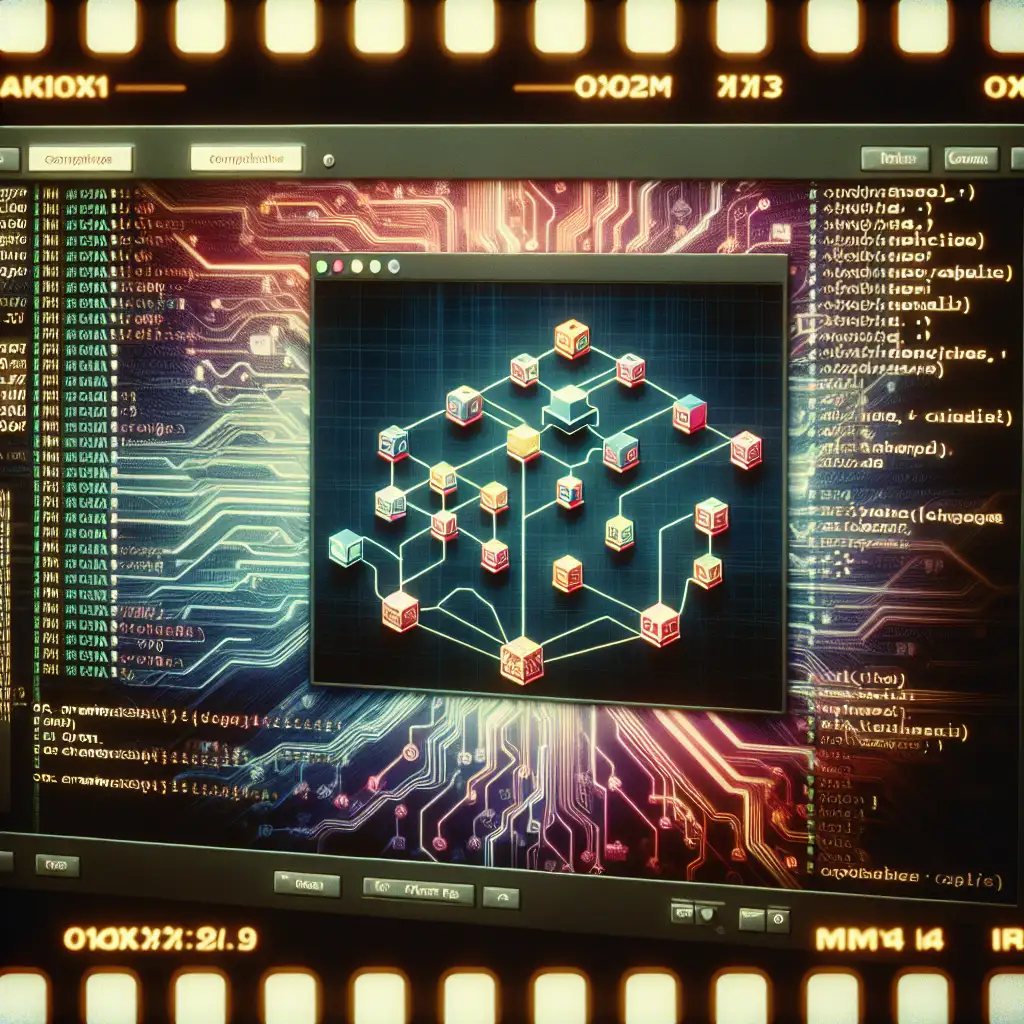Mastering Dependency Management: Installing Complex Applications in Linux Securely
Efficient Linux environments depend on sound dependency management. One careless apt install or misconfigured repository risks compromised apps or even an unbootable system.
Real-World Problem: “Why Did My Workflow Break?”
Upgrading a production Ubuntu server to support a new Node.js LTS, only to discover that the OS Python tooling fails—or worse, systemctl won't launch user services. The culprit? Unresolved dependency conflicts or aggressive overwrites of core libraries. Avoidable with the right techniques.
Core Principle: Respect the Native Package Management Model
Apt, DNF, and Pacman—each distribution maintains a rigorously tested package dependency graph. Interference bypasses this safety net.
Install using default repositories wherever possible.
Example (Debian 12, baseline toolchain):
sudo apt update
sudo apt install nodejs=18.13.0-1nodesource1 npm
Developers targeting contemporary stacks (e.g., Node.js 20.x or Python 3.12) face a trade-off: stability vs. recency.
When Official Packages Lag: Third-Party Repositories and PPAs
Outdated versions in official repos? Pulling from upstream-vetted sources is legitimate, but never mix untrusted PPAs—it’s a common source of rootkits.
Node.js 20.x via NodeSource for Ubuntu:
curl -fsSL https://deb.nodesource.com/setup_20.x | sudo -E bash -
sudo apt-get install -y nodejs
Note: Double-check post-installation with node --version. Gotcha—sometimes npm must be installed separately.
General rule:
Don’t blindly add repositories; audit their signing keys and disable auto-updates from untrusted PPAs.
Beyond Package Managers: Containers for Full Isolation
For teams juggling mutually exclusive dependencies, containerization (Docker, Podman) delivers true environmental isolation. The host remains untouched—even when running legacy runtimes or nightly builds.
Isolating a Python 3.12 environment:
docker run --rm -it python:3.12-bullseye bash
pip install tensorflow==2.15.0
python myscript.py
Tip: Map persistent volumes for stateful workloads, or your project data will vanish on exit.
Language-Specific Virtual Environments
Heavyweight containers are overkill for most app dev. Languages like Python and Ruby have native virtual environments for per-project isolation—no root privileges, fast context switches.
Python Example (venv):
python3.11 -m venv .venv
source .venv/bin/activate
pip install --require-hashes -r requirements.txt
Known issue: Out-of-tree modules (PyTorch nightlies, cryptography with non-system OpenSSL) may still trigger system-level conflicts.
Building from Source: Maximum Flexibility, Maximum Risk
Sometimes only building from source delivers the configs or optimizations you need. This introduces ambiguity: accidental file collisions, missing dev headers, path leakage.
Example: Building Git 2.42 from Source on Ubuntu 22.04
- Install build deps:
sudo apt-get install -y libssl-dev libcurl4-openssl-dev libexpat1-dev gettext unzip build-essential - Download source:
wget https://github.com/git/git/archive/refs/tags/v2.42.0.zip unzip v2.42.0.zip && cd git-2.42.0/ - Build/install with prefix:
make prefix=/usr/local all sudo make prefix=/usr/local install - Validate:
/usr/local/bin/git --version # Output: git version 2.42.0
Pro tip: Set $PATH explicitly for new binaries; don’t shadow system-critical tools.
Diagnostics and Non-Obvious Safeguards
-
Check dynamic linker state:
ldd $(which node)Detects dependency mismatches at a glance.
-
For ambiguous states, use:
aptitudefor granular dependency conflict resolution (Debian/Ubuntu)rpm -q --requires <package>for raw dependency inspection (RHEL/Fedora)
-
CI/CD? Encode installs with Ansible or shell scripts with exit status checks:
- name: install dependencies apt: name: "{{ item }}" state: present loop: - nginx - git
Sidenote: For persistent dev environments, cross-verify .bashrc, .profile, and environment variable persistence—non-default paths can introduce subtle runtime errors.
When Installs Go Sideways
Common error:
error while loading shared libraries: libssl.so.3: cannot open shared object file: No such file or directory
Immediate fix is usually to install the required base library:
sudo apt-get install libssl3
But root cause is often mixing package sources or skipping ldconfig after a manual library install.
Summary Table – Methods and Trade-Offs
| Approach | Pros | Cons/Notes |
|---|---|---|
| System Package Manager | Stable, easy updates | Package lag, less flexibility |
| Third-Party Repository | Latest versions | Adds risk—stick to trusted sources |
| Containers | Complete isolation | Heavier; orchestration overhead |
| Language Virtual Env | Lightweight, per-project | Some C/OS libs still shared |
| Build from Source | Customization | Possible conflicts, manual upkeep |
Final Thoughts
There’s no single “best” method—context (production server vs. short-lived dev VM) dictates strategy. Strong default: start with distribution channels, isolate what you must, and never blindly mix upstreams.
Document every non-default action—future you, or the next engineer, will thank you.
For specific edge cases, consult the distro wiki, upstream bug trackers, or drop below for a technical deep-dive.
